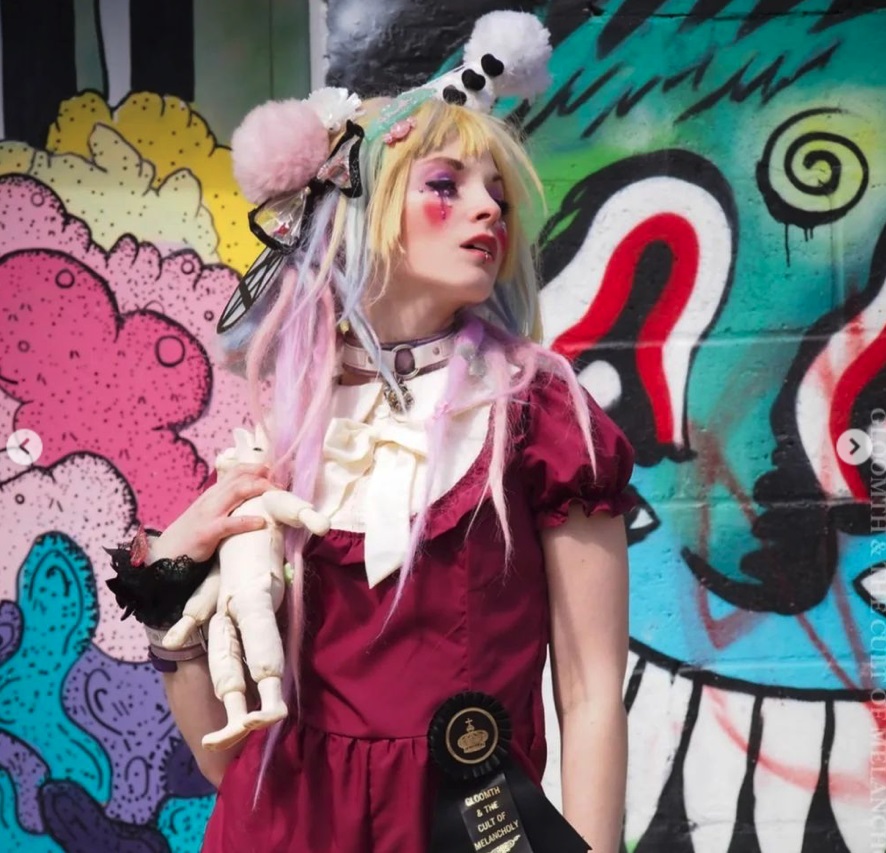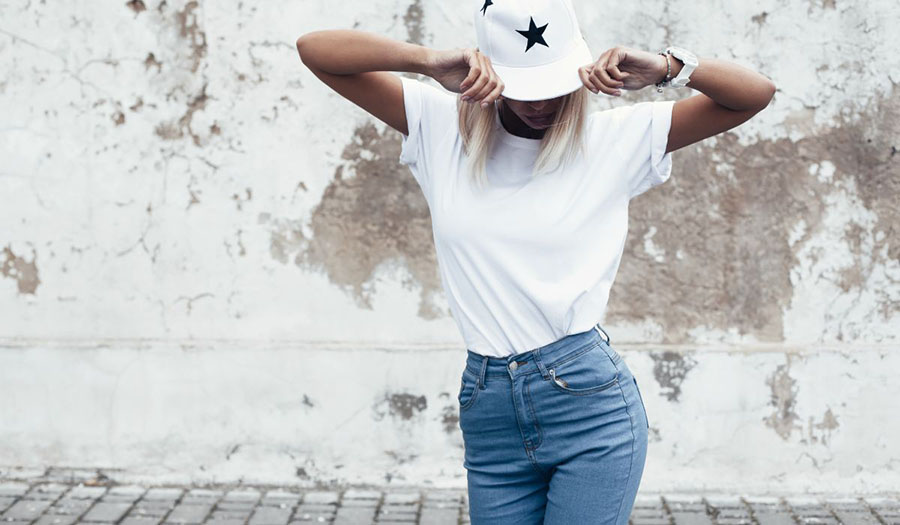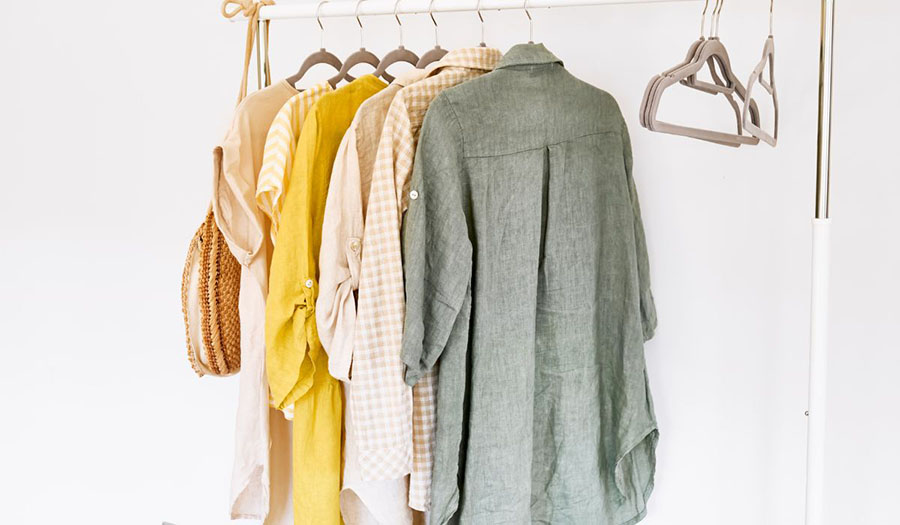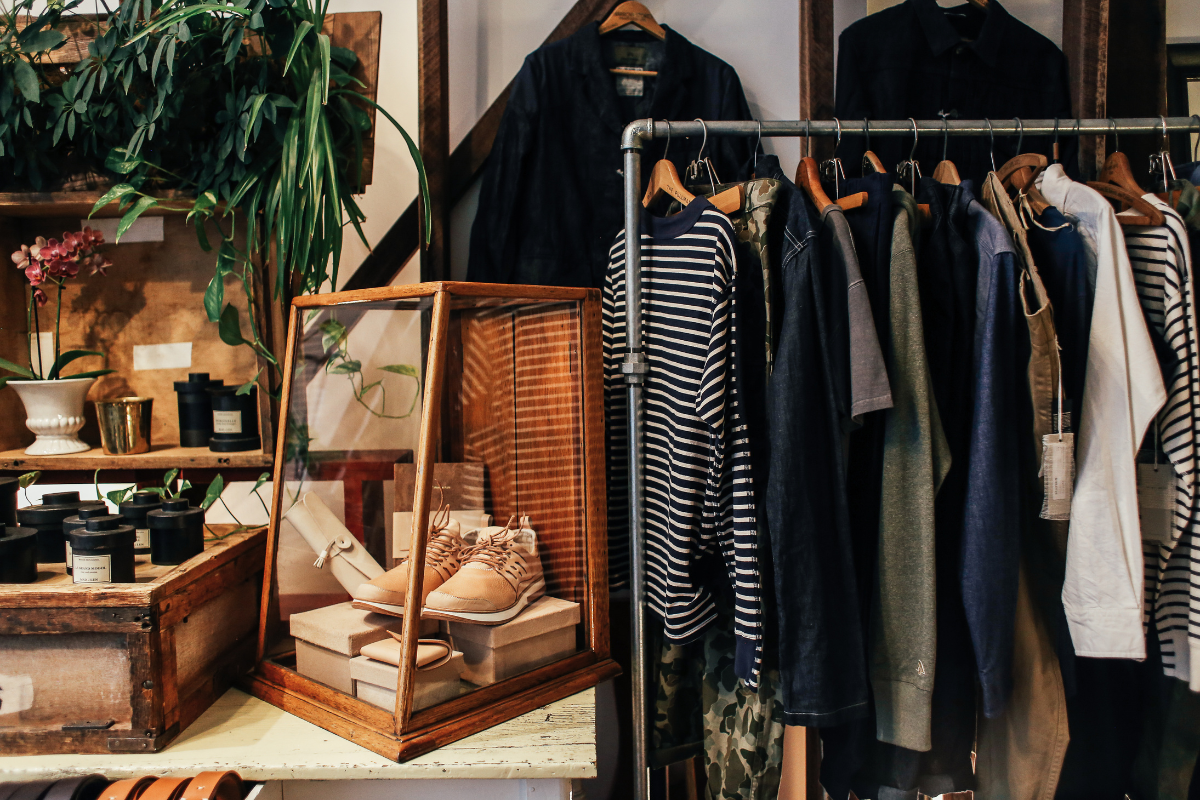In recent years, the fashion industry has witnessed a remarkable shift towards sustainability. With growing awareness about environmental and social issues, consumers are now demanding eco-friendly and ethical practices from the brands they support. This surge in interest has given rise to a plethora of innovative and exciting trends in sustainable fashion. Let's delve into some of the latest developments that are revolutionizing the way we approach style while caring for the planet and its people.
1. Circular Fashion and Clothing Rental
Circular fashion is a concept that prioritizes recycling and reusing materials, emphasizing the lifecycle of clothing beyond its initial use. Brands are increasingly adopting a "circular economy" approach, designing products with durability and recyclability in mind. Additionally, clothing rental services have gained popularity, allowing people to rent high-quality garments for special occasions instead of buying them outright. This movement aims to reduce waste, lower carbon footprints, and make fashion more accessible and affordable.

2. Eco-friendly Fabrics and Materials
The search for sustainable alternatives to conventional fabrics has led to the emergence of innovative eco-friendly materials. From organic cotton, hemp, and bamboo to recycled polyester and Tencel, designers are exploring a wide array of environmentally conscious options. These fabrics often require fewer resources to produce and biodegrade more rapidly than their conventional counterparts, minimizing the industry's impact on the planet.
3. Slow Fashion and Timeless Designs
Slow fashion encourages mindful consumption by emphasizing quality, durability, and timeless designs. The focus shifts from fast-paced trends that lead to excessive buying and discarding to investing in well-crafted, versatile pieces meant to stand the test of time. This trend promotes a more conscious and sustainable approach to fashion, encouraging consumers to cherish their garments for years rather than seasons.
4. Local and Ethical Production
The sustainable fashion movement is also shedding light on ethical production practices. Brands are increasingly transparent about their supply chains, ensuring fair wages, safe working conditions, and respect for artisans and workers' rights. By supporting local production and sourcing, brands can reduce their carbon footprint and foster a stronger connection between consumers and the people behind their clothing.

5. Upcycling and Creative Reuse
Upcycling is breathing new life into old and discarded garments and materials. Designers and artisans are showcasing their creativity by transforming pre-loved pieces into unique and stylish items. Upcycled fashion not only diverts textiles from landfills but also creates limited-edition pieces that cater to the growing demand for individuality and sustainability.
6. Vegan and Cruelty-Free Fashion
The popularity of veganism and the ethical treatment of animals have significantly influenced the fashion industry. Vegan fashion uses no animal-derived materials such as leather, fur, or silk, and cruelty-free alternatives are becoming more prevalent. This trend caters to those who wish to express their style without compromising their values and contributes to reducing the impact of animal agriculture on the environment.
7. Transparency and Consumer Education
Consumers are increasingly concerned about the origin of their garments and the practices employed by the brands they choose. To address this, transparency has become a critical aspect of sustainable fashion. Brands are providing detailed information about their materials, manufacturing processes, and sustainability efforts, empowering consumers to make informed choices that align with their values.
8. Tech Innovations in Sustainable Fashion
Advancements in technology have also played a significant role in shaping sustainable fashion trends. From 3D printing of garments, which reduces waste and speeds up the design process, to the use of blockchain technology to track supply chains and ensure transparency, tech innovations are revolutionizing the industry and propelling it towards a greener future.
In conclusion, the latest trends in sustainable fashion are proof that the industry is moving towards a more environmentally friendly and socially responsible direction. As consumers become increasingly conscious of their choices, brands are compelled to adapt and adopt sustainable practices to remain relevant and competitive. By embracing circular fashion, eco-friendly materials, slow fashion, ethical production, upcycling, vegan alternatives, transparency, and tech innovations, the fashion world is setting a positive example for other industries to follow. As consumers, we have the power to drive this transformation further by making thoughtful choices and supporting brands that prioritize sustainability and responsibility. Together, we can build a more sustainable and stylish future for the fashion industry and the planet.










